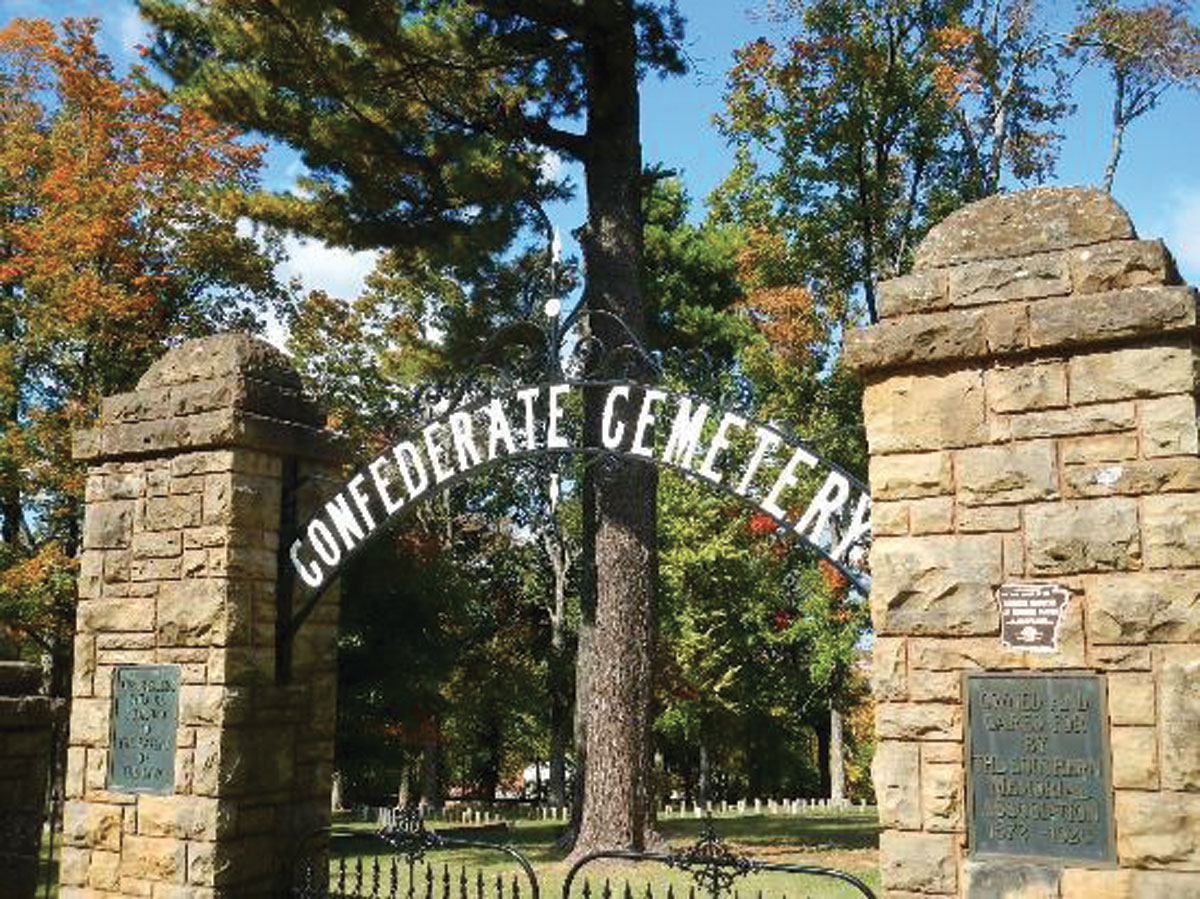
The Lollis Family has been growing holiday cheer since the 1970s
Many families make selecting a holiday tree from a Christmas tree farm an annual excursion. Most, however, don’t realize the labor intensity involved in growing and creating trees in that perfect shape.
While working as a meat market manager for a local grocery store, Wilber “Buddy” Lollis, now 87, of Rudy, Ark., decided he wanted a supplementary retirement income. In 1973, he purchased 117 acres in the Rudy area with 100 acres of unimproved land. Two friends from the forestry department, Ben Taylor and Paul McAllister, suggested a Christmas tree farm. Then the Lollis family went to work clearing most of the land themselves but having someone else doze and even out the land. Next, the forest department came out to teach him how to plant and maintain the trees.
During that first year, 5,000 trees were planted.
“The hardest part was waiting five years for the trees to have enough maturity to sell,” Wilber’s son Wade said.
In order to see what would work best, they experimented with different varieties. Virginia Pine turned out to be the best option because many of the other pines and firs were high altitude species that did not do well in the Arkansas environment.
“As mature trees, the Virginia Pine wants to be 40-feet tall and 20-feet wide and requires year-round maintenance to achieve the treasured Christmas tree shape,” Wilber explained.
Then 20 years ago, Wilber and his wife Connie saw the hybrid Leland Cypress while traveling to see family in Louisiana. The Leyland Cypress is a cross of cedar and Cypress that grows vigorously and is immune to the tip moth that plagues Virginia Pines. They also produce no pollen, thus benefiting those who suffer from allergies. Because the trees grew very well in Arkansas, the Lollis family have another variety choice at their farm, with the Leyland Cypress now accounting for 10 percent of the farm’s 9,000 trees.
The pines are allowed to grow to 18 feet before they are culled. Beyond 18 feet they become hard to trim and easily suffer wind damage. Some of the culled trees and local cedars are used for handmade Christmas wreaths, which have become very popular over the years.
Various cities and towns use the pines in municipal buildings and grounds. The city of Roland buys one every year to place in their its nearby municipal park. Van Buren County Chamber of Commerce hosts an annual fundraising event at the Crawford County Courthouse featuring 20 trees purchased from the farm for a decorating contest.
Lollis Christmas Tree Farm has an annual cycle that begins in February when they usually plant up to 2,000 new seedlings. The farm is not irrigated, and once 3,500 trees had to be replaced after a three-year drought. The trees are also not fertilized to control grass growth in between the trees and in the lanes between rows since those areas need to be continually mowed to provide access for maintenance. Starting in May, the Virginia Pines are sprayed for tip moths.
A long trimming cycle also begins in early May and runs through October. The trees are hand and machine-trimmed with a saje trimmer. The saje trimmer’s motor is carried on a backpack connected to a boom that goes above and over the workers’ heads. Connected to the boom is a large, 8-foot hedge trimmer making the apparatus a hefty 39 pounds.
“By the end of the day, that trimmer feels more like 100 pounds,” Wade confessed with Wilber adding, “We learned the most efficient way to trim is to take a half step with the left foot and a full step with the right foot as you circle the tree.”
The annual maintenance cycle ends with a last tree spraying. The trees are sprayed with a colorant to enhance the green color because all evergreens naturally lose color intensity during winter.
Lollis Christmas Tree Farm opens the weekend before Thanksgiving for pre-selecting a tree and officially opens Thanksgiving Day, continuing until Dec. 22 with hours from 10 a.m. to 5:30 p.m. The farm has no wholesale outlet but rather allows customers to select fresh trees to take home that day or after the tree is cut by farm employees. Customers are given a 10-foot measuring pole marked in 1-foot intervals because trees look smaller in the field than in the living room. The pole also helps ensure customers select a tree in their price range.
Great-grandson Channing, only 7 at the time, noticed money changing hands and wanted to be part of it. He suggested selling rather than giving away candy canes. Not wanting to change that tradition but wanting to encourage his entrepreneurial spirit, the farm first tried selling bundles of mistletoe and fresh greens. Then they came up with the idea of selling Christmas ornaments made from a slice of a native cedar tree stump. The 3-inch wood disc is varnished and then decorated with colorful shapes such as snowmen and candy canes with a different variety of selections each year. Now 11, Channing looks forward to making and selling the ornaments.
Of course, much of the farm’s business is from repeat customers which includes individuals, couples and families. Often whole families participate in a multi-generational outing, such as happily selecting a perfect tree for grandma.
“Years ago, one family came and brought their new baby daughter,” Wade explained. “They have come every year and that baby has grown and graduated from college. She is now married and starting her own family but has never missed a season. Ours is a family business and some families always take a picture with my dad so those photographs have become a tradition for us as well as them.”







